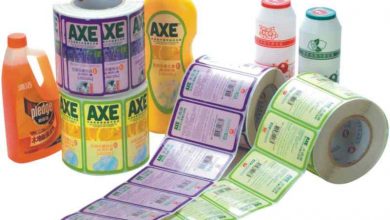Tips To Improve Reach And Performance Of Press Releases
A successful content marketing plan requires more than just maximum distribution; it also needs compelling content that audiences will want to read. Public relations professionals can help their clients’ outbound communications strategies deliver stronger results by enhancing the content they create, according to Michael Pranikoff, Global Director of Emerging Media for PR Newswire, who suggest that you can tweak format, style and substance to better leverage today’s information infrastructure.
Format: The easiest change to make in the short term is to format. Your piece should be visually pleasing to the reader, and easy to read on the small screens of mobile devices. It should encourage social sharing, and appeal to ‘browsers’ who tend to scan information. Use bullets and bold fonts to draw the eye to the key points you want to make, and include a visual element. Long blocks of text are no longer a good fit because of the smaller screens of mobile devices.
Style: Style is another element that is relatively easy to update. All content, regardless of type, should be written for today’s audiences, in the way they consume information. When creating content, write with potential sound bites in mind and make headlines tweetable. These will enable social sharing and generate earned media to amplify exposure of your message. Always encourage media shares to magnify exposure of the message among the target audience. If a piece is easily sharable, it will be forwarded, re-posted and shared on social networks.
Substance: Including a visual element is a must. This can be a video or a picture image, CTA or call-out box. The data supporting the effectiveness of visuals is irrefutable—releases with more visual elements get more views. According to PR Newswire, a news release that includes one visual asset performs 92% better than a plain text release. A release that contains multiple visual assets performs 552% better. While those numbers are impressive, surprisingly today, only 14% of releases over the wire include a multimedia element. This points to a huge upside opportunity to increase readership of the content you share and click-throughs to your owned properties.
One of the reasons message with multimedia elements get more views is that search engines and social network algorithms give preference to visual content. They will place releases that contain them higher in search results and news feeds. Another reason content with visuals generates better engagement with audiences is that it gets their attention and keeps them on the page longer. This is especially true in the case of video. The more time readers spend on a page, and the more engaged they are with its message, the better able the brand is to connect with them and inspire them to take important following actions. Additionally, the more time audiences spend on a web site and interact with its content, it sends a powerful and positive signal to search engines indicating that the web site content is valuable. This, too, will contribute positively to search rank.
Put your customer’s audience first: Tweaking format and style and including multimedia are “quick fixes” in the quest to enhance messaging. Changing the substance of your content requires more effort. Your content should tell a story, and be presented in the context of your audience’s business environment and challenges. Acknowledge the problems your readers want to solve and convey how you can help them.
One way to do this is by adding narrative elements to your piece. These can humanize the brand and make a more personal connection with the reader. For instance, a video clip of a customer describing a successful outcome or demonstrating how a product helped them gives the reader something tangible to relate to. Or an infographic illustrating potential savings or efficiencies that can be realized can prompt the reader to think about how those same savings or efficiencies can be applied to his or her business.
Putting this customer point of view in messaging makes your client’s brand feel accessible, interesting and relevant. If it’s compelling and engaging, it will be interesting and useful to your audience. If it provides value, readers are more likely to share, comment on, and re-post it.





